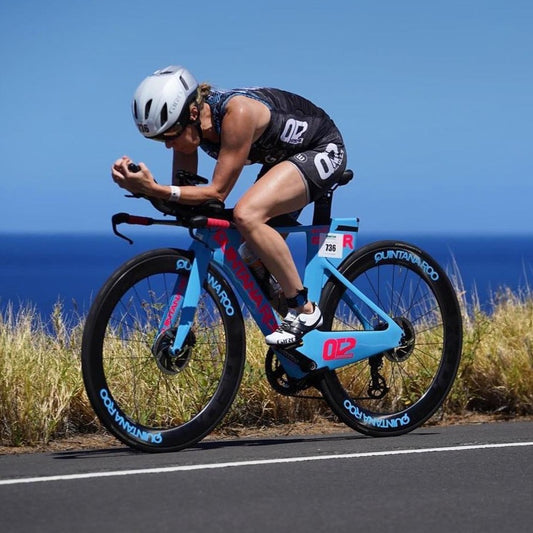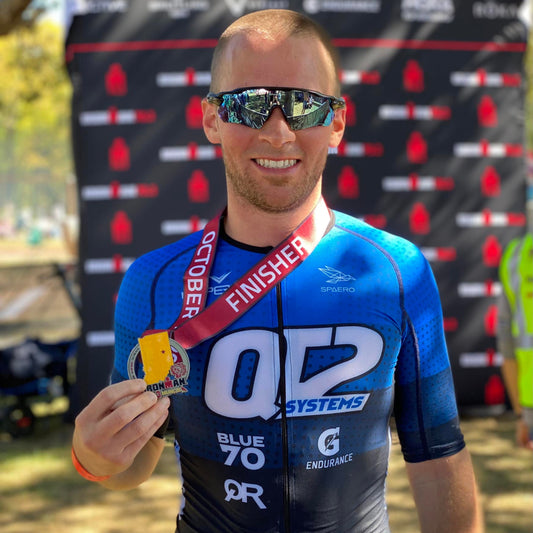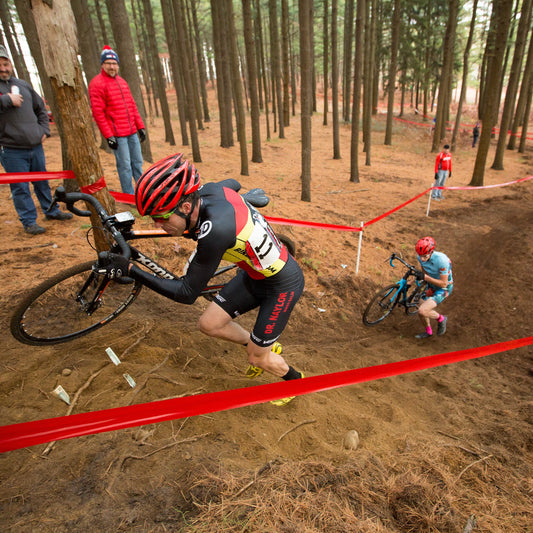As endurance athletes we are often conditioned to believe that more training volume equates to better performance. If some training is good, more must be better—right? Not necessarily. While consistent training is essential for progress, simply piling on more miles or hours isn’t the key to peak performance. Instead, science tells us that your body adapts best to smarter training, not just more training.
Let’s break down three crucial principles of effective endurance training, backed by science, that can help you train more intelligently and maximize performance without burning out.
1. Training Load Should Be Progressive, Not Random
Many athletes fall into the trap of thinking that training harder and longer all at once will accelerate their fitness gains. However, this approach often leads to overtraining, fatigue, and even injury. Instead, gradual overload is the key to sustainable improvement.
The Science Behind Gradual Overload
The principle of progressive overload states that for training to be effective, it must challenge the body beyond its current capabilities—but in a controlled and incremental way. Studies have shown that gradual increases in training load (measured by volume, intensity, or frequency) allow for continued adaptations while minimizing injury risk (Haff & Triplett, 2015).
How to Apply It:
-
Increase weekly volume by no more than 5-10%. This applies to mileage, time, or total workload.
-
Follow periodization. Structure training into progressive blocks, alternating between build phases and recovery weeks.
-
Monitor fatigue and adjust accordingly. Using tools like heart rate variability (HRV) and perceived exertion can help gauge when to push and when to back off.
The takeaway: Random increases in training load can lead to burnout and injury. Instead, gradual and structured progression is the safest and most effective way to improve endurance.
2. Hard Days Must Be Hard, Easy Days Must Be Easy
A common mistake among endurance athletes is training too often at moderate intensity. This results in what coaches call the “gray zone”—where workouts are too hard to allow full recovery but not hard enough to stimulate significant adaptation.
The Science Behind Polarized Training
Research on polarized training suggests that endurance athletes see the best results when they spend the majority of their training time at low intensity and a smaller portion at high intensity (Seiler & Kjerland, 2006). Studies show that elite endurance athletes follow a distribution of approximately 80% easy training and 20% high-intensity work.
How to Apply It:
-
Make easy days truly easy. Zone 1-2 efforts should feel relaxed, allowing full conversation without breathlessness.
-
Go all-in on hard days. When doing high-intensity work, ensure you’re pushing the limits (e.g., tempo runs, VO2 max intervals, race-specific sessions).
-
Avoid the “moderate-intensity trap.” Many amateur athletes get stuck in the middle—training too hard to recover properly but not hard enough to drive peak fitness gains.
The takeaway: Training in the “gray zone” leads to stagnation. For optimal improvement, make hard days hard and easy days easy.
3. Your Fueling & Recovery Matter Just as Much as the Workouts
Many athletes underestimate the role of nutrition and recovery in training adaptation. Without proper fueling and rest, training stress doesn’t lead to fitness gains—it just leads to fatigue.
The Science Behind Recovery & Adaptation
When you train, you break your body down. Adaptations happen during recovery, not during the workout itself. Proper recovery includes:
-
Nutrition: Adequate carbohydrates, protein, and hydration support glycogen replenishment and muscle repair.
-
Sleep: Deep sleep is when the body releases growth hormone, essential for recovery and adaptation.
-
Rest days & deload weeks: Recovery periods allow the body to absorb training and build fitness over time.
How to Apply It:
-
Prioritize post-workout nutrition. Aim for a 3:1 ratio of carbs to protein within 30-60 minutes of a hard session.
-
Get 7-9 hours of quality sleep per night. Sleep is a crucial factor in both performance and injury prevention.
-
Schedule recovery into your training plan. Every 3-5 weeks, incorporate a lighter recovery week to let the body adapt.
The takeaway: Training stress alone won’t make you faster. Your body needs proper nutrition, sleep, and recovery time to translate hard work into performance gains.
Conclusion: Train Smarter, Not Just More
Endurance training isn’t about piling on endless volume—it’s about applying the right stress, at the right time, with proper recovery. The most successful athletes train progressively, balance intensity correctly, and prioritize fueling and recovery as much as workouts.
By shifting your mindset from “more is better” to “smarter is better”, you’ll not only improve your performance but also train more sustainably for long-term success.






